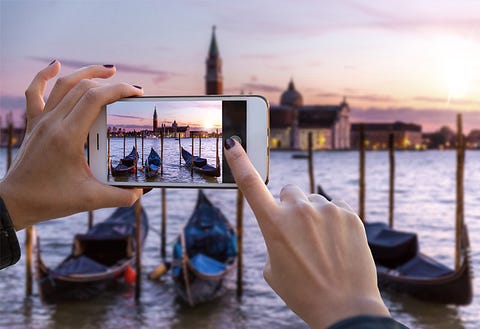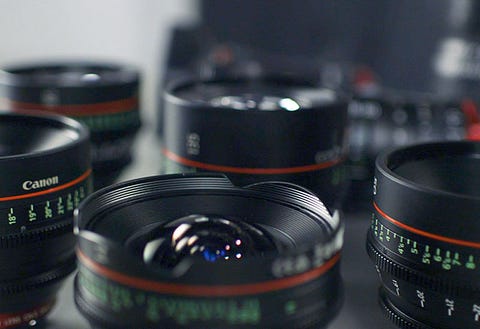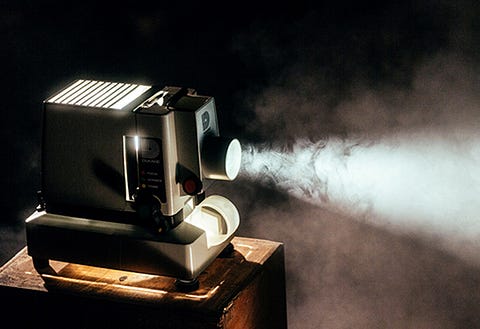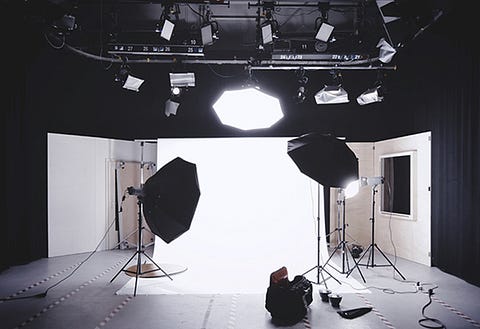
Even if the camera is one of the most used features of a mobile phone, nobody considers it a serious contender to shoot movies. Well not until award-winning directors like Steven Soderbergh and Zack Snyder show us its immense potential. Soderbergh’s 2018 film Unsafe was shot completely on iPhone 7 Plus and critics only had praises for it. So, if you want to shoot your next movie on your smartphone, here are some tips:
1. Choose the right lighting and time of the daySince mobile cameras have smaller image sensors and lenses, proper lighting is critical. When you’re shooting outdoors, the time of the day will make a significant impact on your lighting. Similarly, it’s important to focus on the lighting when you’re shooting a scene indoors at night. Always choose brightly lit areas for your shoot to avoid grainy areas and excessive shadows. Also, don’t point the camera directly at a brightly lit source as it can lead to overexposure and lens flare.
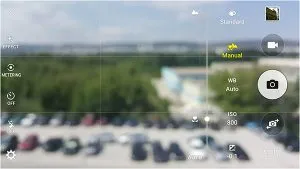
2. Give framing and composition its due importance
Remember that the same rules of framing stand true, whether you’re shooting on an expensive movie camera or your mobile phone. Though your smartphone offers a lot of flexibility and is lightweight, a good shot is still relevant. Seek symmetry, reflections and interesting angles. Not to mention, you can create a shallow depth of field by framing the foreground objects closer to the lens.
3. Don’t compromise on sharp focus
No matter what medium you use; the perfect focus is critical for cinematic videography. Don’t use auto-focus on your phone in low light, especially around sunset and dusk. Instead, switch to manual focus so that there is no scope for a soft shot in your footage. There are many professional camera apps that can give you complete manual control.
4. Try camera apps
When you want to move from recording boomerangs to making movies, you need the help of some professional apps to enhance your camera’s performance. For instance, apps like Filmic Pro and Cinema FV-5 let you control everything — from bit rate to aspect ratio. Remember that a camera has a fixed aperture lens with no iris control. Thus, your exposure largely depends on your ISO and shutter speed. Hence, you should learn to use ISO, shutter speed and focus manually for better coverage.
5. Slow and steady wins the awards!
Nothing screams amateur more than shaky and blurred video. Keep in mind that you need your phone to be steady during recording. Use both your hands to hold your phone or invest in a tripod or stabilizer for your phone. Conversely, you can also rest your phone on flat surfaces like desks, chairs, tables or shelves for better stability. Also, don’t be in a hurry to complete your video. Yes, mobile phones make it easy to finish the work quicker, but we recommend taking your time to plan the shot, make a storyboard and only then move on to the recording.
Reference Links:
www.nfi.edu/foley-artist
www.sound-ideas.com/Page/what-is-foley
www.studiobinder.com/blog/what-is-a-foley-artist
www.nfi.edu/foley-artist
www.sound-ideas.com/Page/what-is-foley
www.studiobinder.com/blog/what-is-a-foley-artist
